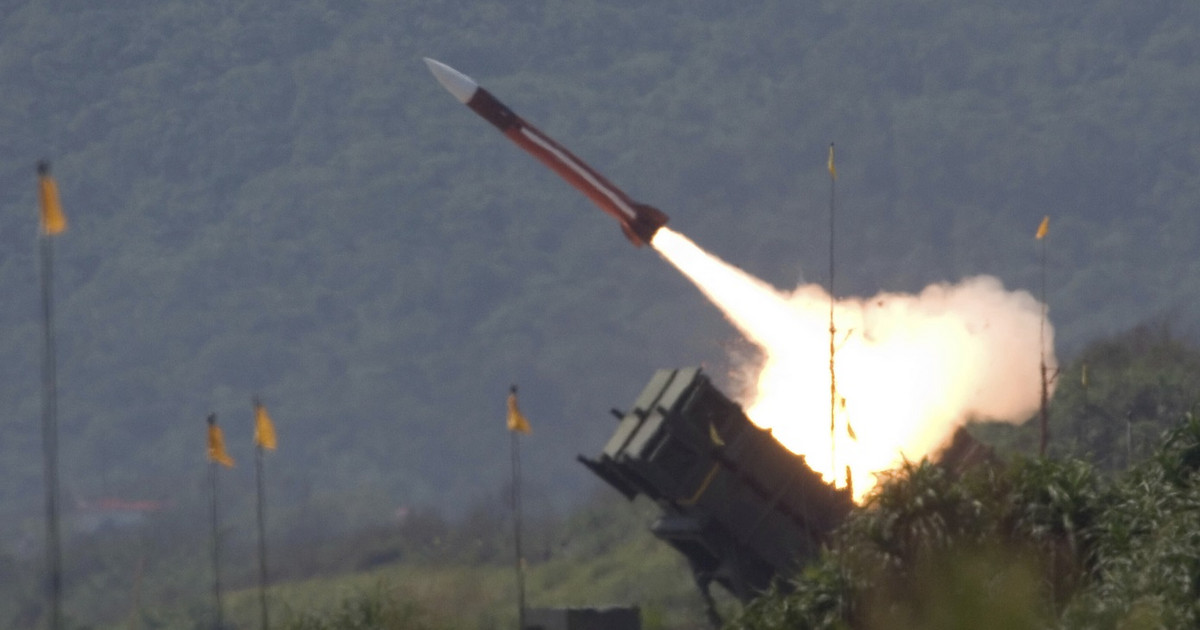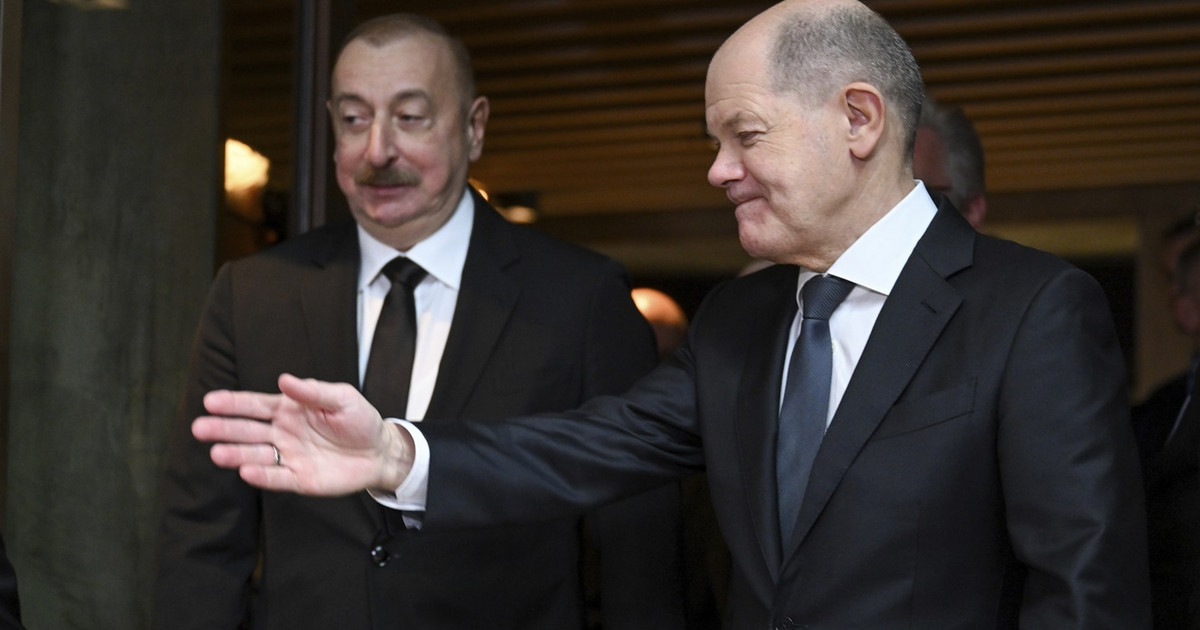The so-called “global shortage” of supplies is a problem that has affected a number of countries and different sectors of the economy in 2021. In some cases, it can represent a real shortage of products. In others, a considerable rise in prices due to a lower supply than demand.
For experts, the effects of this shortage should continue into 2022, and there is no way to specify when all product chains will stabilize.
Although the scenario is closely associated with pandemic, which affected supply and led to intense demand as countries reopen and vaccinate their populations, the health crisis is not the only factor that has created the current scenario.
Other moments of scarcity?
Simão Silber, a professor at FEA-USP, says that the closest thing the world has ever come to the current scenario was more than 40 years ago, in the so-called Oil Crisis. In the 1970s, the main producing countries of the commodity, located in the Middle East, repressed their production, and prices exploded, with a chain effect.
However, for him, the current context is worse, since the scarcity scenario, that is, lower offer than demand and lack of products to meet it, involves a series of products and chains, not being restricted to oil.
Another historical moment that approaches the current crisis is that of September 11, 2001, in the terrorist attack on the Twin Towers. After the attack, there was a “huge increase in uncertainty and a rapid interruption of exchange flows between countries”, says Livio Ribeiro, associate researcher at FGV-Ibre and partner at the BRCG consultancy.
Even so, this interruption ended relatively quickly, with a more limited effect. “There isn’t a period with the kind of shock we’re seeing now that is immediately deployable, because some events naturally had chain disruptions, but they were specific shocks,” he says.
According to Ribeiro, the impacts with the pandemic of Covid-19 configure a particular scenario. “The pandemic is a sanitary shock that affects mainly the service sector. Unlike a war that has little effect on the service sector, it does affect the consumption of goods,” he says. In other words, the economic scenario with the pandemic is unprecedented, which makes it difficult to even know when it will improve.
the path to scarcity
Ribeiro states that the disorganization in production chains and the mismatch between supply and demand for several products are linked to the effects of the Covid-19 pandemic. During the health crisis, many companies and industries had to close their doors, even temporarily, to prevent the spread of the virus, which affected production.
At the same time, according to vaccination advanced, the economy of the countries began to reopen, with an intense demand from the population. As the offer has not yet equaled it, prices rose and some products became scarcer.
However, the researcher says that the first seeds for the current crisis were planted before the pandemic. “The world had other shocks or disorganizations in supply chains prior to Covid, which amplified this. The most evident was the trade war between the United States and China, which was already affecting electronics production chains”.
With a supply already affected, chains were vulnerable to the pandemic, and the impact was great. The spread of chains globally, that is, with countries participating in certain stages of production, worsened this scenario.
In addition to the geopolitical dispute between the United States and China, the Brexit – UK exit from the European Union – was another tension that left jails vulnerable. THE lack of fuel in the country, with high prices, one of the causes was the lack of truck drivers to transport the fuel, as they were mostly European and left the country.
Another example is the tension between Russia and the European Union. The country supplies 40% of natural gas to Europe, and some members of the bloc accuse the Russian government of holding production, raising the prices of the commodity.
There is also the case of the Organization of Petroleum Exporting Countries (OPEC), whose members refuse to increase production of the commodity to return to pre-pandemic levels. With high demand, prices soared.
With the geopolitical disputes, professor Marcos Fava Neves, from FEA-RP-USP, points out that climate change has worsened the situation, especially agricultural products.
“Thinking about grains, we have a strong demand, of 40 million tons a year in the world on average, and we had supply problems mainly due to the weather, then supply and demand were unadjusted, inventories fell, prices rose,” he says.
The greater intensity and frequency of climatic events, such as droughts and frosts, marked Brazilian agricultural production in 2021. Added to this was a rise in the prices of containers and agricultural inputs, especially fertilizers, with the devalued exchange rate.
With smaller production and more costs, food prices soared, both in Brazil and in the rest of the world. “We’ve already lived through similar moments, one of them occurred between 2008 and 2009, when commodities rose a lot in price because of the high supply. It’s a cyclical problem”, says Neves.
In addition, droughts in Brazil have generated a energy crisis, with the need to use more thermal plants instead of hydroelectric plants, and the bills rose, affecting the entire economy.
In the case of the energy crisis in China, it was the fight against climate changes which ended up generating challenges. The country closed coal mines and reduced imports, but failed to meet energy demand as the economy picked up, leading to blackouts and production problems.
The increase in the price of products in China has an impact worldwide, as the country supplies products and components to several countries. Now, according to Ribeiro, the country “exports inflation”, which affects the entire world economy.
Neves recalls that the area of international maritime transport is still readjusting after the ship grounding effects Ever Given at the Suez Canal in March 2021, which led to delays in deliveries and hampered the flow of transport, also helping to drive up prices and destabilize chains.
When will the scarcity end?
Considering the impact of the pandemic on global chains, Livio Ribeiro says it is difficult to predict when exactly supply and demand will equal and the shortage situation will resolve itself, and this should vary from sector to sector.
“One piece [desse choque de demanda] it is permanent, the level of demand has changed, which will have a short-term inflationary effect, and it has become more persistent until demand and supply are reorganized. Another piece is conjectural, and it is already well overtaken, it was linked to the context of the closures”, he says.
For him, the global economy faces the share of the persistent demand and supply shock in sectors, which can represent permanent or temporary changes. The reorganization of these chains, however, will take time, with prolonged effects on prices.
“We have seen that the shock has been more persistent, but we don’t know if it will be permanent. The change in vision from temporary to persistent has already been reflected in monetary policies, such as the Federal Reserve’s”, he says.
However, the researcher says that it is difficult for prices to accelerate forever, since, in general, the offer manages to match the demand at some point, including the action of raising interest rates to discourage consumption. There is a probability, however, that this will occur at a still high price level, which makes it difficult for economies to recover.
One problem is that there is no way of knowing how much of the impact of these chains was from the pandemic, and how much was from factors such as geopolitical disputes and the climate crisis. As a result, he expects some of the inflationary pressures and demand shocks to continue beyond 2022.
In the case of food, for example, normalization in Brazil depends more on climate issues than on health. “If there is no climate problem or shortage of inputs, production comes to the market and starts to normalize prices more for February and March, thinking about grains. Coffee, oranges and sugarcane, on the other hand, are closer to the end of next year, depending on good production”, says Neves.
Even so, the professor hopes that normalization will also occur at high levels. If the scenario of extreme weather events continues, something that many scientists already expect, increases in food prices like in 2021 can become the rule, not the exception.
“Brazil is the main victim of global climate change as it is a major agricultural producer, it needs to take a stronger stance on the climate issue. If you don’t speed up the reduction of emissions, this picture doesn’t change, and that’s not what we’ve been observing”, he says.
The global scenario has made some people say that we are in an “era of scarcity”, or “scarcity capitalism”, but Neves says that it is too early to reach this conclusion.
“The crisis started a lot now, a lot of things were combined in one basket. To say that it is structural is more difficult, only if the planet were to set a very large decarbonization target to reduce production a lot, but it is difficult for that to happen. I don’t think there’s anything very different that prevents demand and supply from matching”, he says.
“I think it’s too early to say that we are in an era of scarcity, what’s wrong is that the relative structure of demand and supply has become disorganized, for this to become a scenario instead of just a transition, it needs to last much longer and in a systematic way ”, says Ribeiro.
Reference: CNN Brasil
I am Sophia william, author of World Stock Market. I have a degree in journalism from the University of Missouri and I have worked as a reporter for several news websites. I have a passion for writing and informing people about the latest news and events happening in the world. I strive to be accurate and unbiased in my reporting, and I hope to provide readers with valuable information that they can use to make informed decisions.






